The Ministry of Transport issued National Technical Regulation on technical safety quality and environmental protection for automobiles QCVN 09:2024 effective from January 1, 2025.
Dark yellow, with school bus identification symbol
According to QCVN 09:2024, the exterior of the school bus must be painted in dark yellow on the outside of the body. The identification symbol of the school bus must be placed on the front at the lower right corner of the windshield, on the back and 1/3 of the front body at the 2 sides of the body.
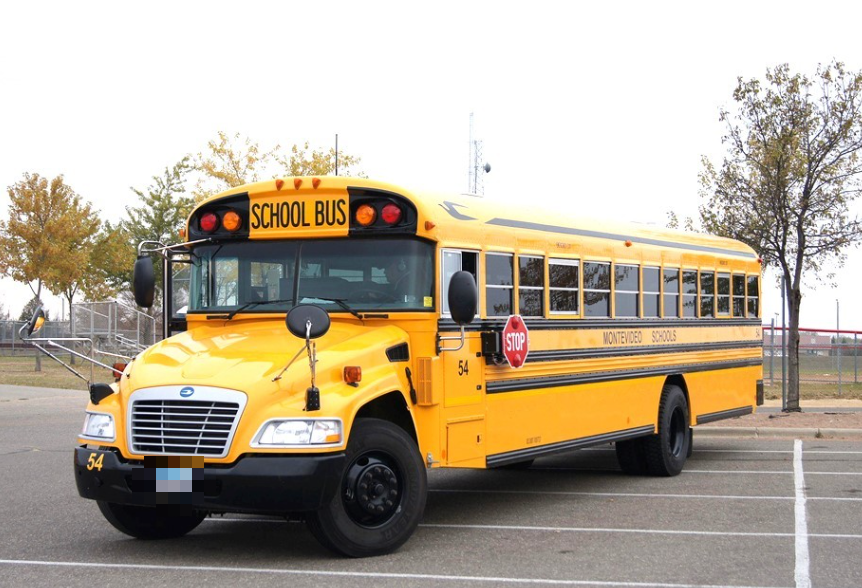
From January 1, 2025, newly manufactured, assembled, and imported school buses must comply with specific requirements in QCVN 09:2024, have a dark yellow color, warning signs or devices to warn the vehicle to stop and pick up students (illustrative photo).
The identification symbol of a school bus has a reflective feature or uses electronic LED lights. The shape and size of the bag can be a square with dimensions of 350mm x 350mm or a circle with a diameter of 350mm as described in the standard.
In particular, double-decker buses and articulated buses must not be used as school buses. The interior and exterior of the bus must not have holes, sharp edges, or defects that could cause injury to students.
For vehicles carrying preschool children and primary school students, there must be at least 1 additional seat for the student manager.
For vehicles with 29 seats or more (excluding the driver's seat) carrying 27 preschool children and primary school students or higher, at least 2 seats must be arranged for the student manager.
For vehicles carrying preschool children or primary school students, the total number of people allowed to be carried, including the driver, must not exceed 45 people;
For vehicles designed to carry only preschool children or primary school students, the number of people allowed to carry, including the driver, must not exceed 56 people.
In particular, student seats must not be arranged in the first row with the driver's seat but must be arranged from the second row onwards and must be equipped with two-point seat belts.
The school bus must not be equipped with overhead luggage racks, the luggage compartment must be arranged inside along the body of the vehicle. The steps (if any) must be installed with handrails at the passenger doors and must not have protrusions or edges on the handrails that could cause injury to students.
The passenger area of a school bus intended for use by pupils shall have a flat floor structure and shall be free of steps or raised sections of the floor except for raised structures such as wheel arches.
For emergency exit doors, there must be a lock and can be opened from the inside or from the outside to suit the evacuation or rescue in emergency situations. In addition, there must be installed at least one first aid kit clearly marked with a red "cross" symbol and an emergency alarm switch that emits sound and has a light to notify the driver and the student manager, students on the vehicle in special cases.
School buses must be equipped with at least 2 fire extinguishers weighing no less than 2 kg, of which 1 is located near the student manager's seat in the passenger compartment and 1 is located near the driver's seat.
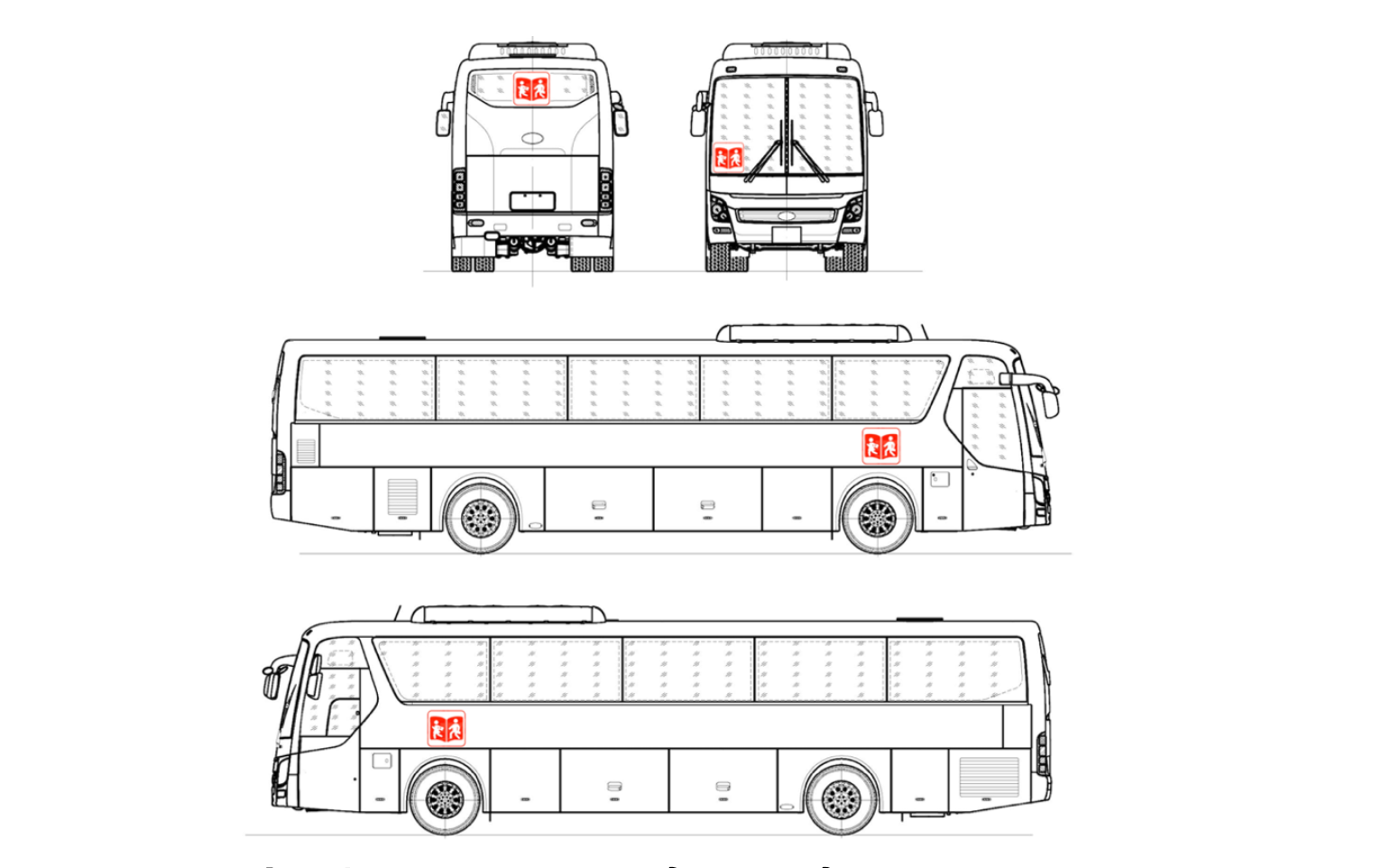
The set of identification symbols for school buses must be arranged on the front at the lower right corner of the windshield, on the back and 1/3 of the front body at the 2 sides of the body (illustrative photo from QCVN 09:2024).
There must be a warning device to stop picking up or leaving students on the bus.
The standard also states: School buses must be equipped with devices to observe the entire passenger area through rearview mirrors and an interior camera system to monitor the behavior of the driver, student managers and students on the vehicle.
External cameras to monitor traffic outside the doors and hazard lights are automatically turned on when the doors are opened to pick up or drop off students. The cameras must have a system for recording and processing information.
In addition, the vehicle must be equipped with an electric warning light or a stop sign, which is responsible for warning other vehicles not to overtake when the school bus is parked at the bus stop to pick up or drop off students. The electric warning light is installed at the rear of the vehicle or the stop sign is installed at the front and rear of the left side of the vehicle.
For electric warning devices, the standard stipulates that LEDs or light boxes using other types of lights can be used. The device runs horizontally across the rear window of the vehicle. The background color of the device emits red light and displays a white light text with a minimum height of 130mm with the content: "Stop and wait".
For stop signs, they must be circular or hexagonal in shape with a minimum size of 150 mm. The sign is painted or coated with reflective material. The background color of the sign is red with white letters: "Stop" with a minimum height of 40 mm. The arm of the warning sign can be automatically opened, when the vehicle moves over 5 km/h, the arm can be automatically closed. The stop sign can be operated manually when the automatic system has a problem.
The standard also states: When the vehicle's doors open to pick up or drop off students, the above systems must be automatically activated, the lights will turn on or the sign's arm will open. The vehicle can be equipped with a combination of lighting systems according to technology, the light shines down on the road surface to create a no-overtaking corridor surrounding the vehicle (behind the vehicle and on the left side of the vehicle) to warn the following vehicles not to overtake or stop according to the warning.
Notably, school buses must be equipped with a warning system for students left on the vehicle. The system can operate automatically or manually, operate independently or in combination with other warning systems.
The warning system must meet the following requirements: After 3 minutes from the time the vehicle engine is turned off, the system will issue a warning by signal light or sound inside the vehicle, asking the driver to check the vehicle to avoid forgetting the student. The warning switch must always be in the normally open state, can only be activated after the system issues a warning in the vehicle and is located at the end of the vehicle on the same side as the driver.
After 3 minutes from the warning in the vehicle, if the warning off switch is not activated, the system will give a warning by signal light or sound outside the vehicle, ensuring that people standing outside the vehicle are aware.
The warning system must have an independent electrical energy storage source from the vehicle's electrical system, ensuring that when the vehicle's electrical system is turned off and during vehicle stops, the warning system still operates normally.
In case the vehicle is not equipped with the above warning systems, it must be equipped with a warning system with similar functions to ensure that when the driver and the manager have left the vehicle, the warning system must identify the student left in the vehicle and immediately transmit emergency information to the driver, student manager or the operation center.
Source: https://www.baogiaothong.vn/tu-2025-xe-cho-hoc-sinh-phai-co-nhan-dien-ra-sao-19224122909584879.htm



![[Photo] Prime Minister Pham Minh Chinh chairs meeting after US announces reciprocal tariffs](https://vstatic.vietnam.vn/vietnam/resource/IMAGE/2025/4/3/ee90a2786c0a45d7868de039cef4a712)
![[Photo] Special relics at the Vietnam Military History Museum associated with the heroic April 30th](https://vstatic.vietnam.vn/vietnam/resource/IMAGE/2025/4/3/a49d65b17b804e398de42bc2caba8368)
![[Photo] General Secretary To Lam receives Japanese Ambassador to Vietnam Ito Naoki](https://vstatic.vietnam.vn/vietnam/resource/IMAGE/2025/4/3/3a5d233bc09d4928ac9bfed97674be98)

![[Photo] Moment of love: Myanmar people are moved to thank Vietnamese soldiers](https://vstatic.vietnam.vn/vietnam/resource/IMAGE/2025/4/3/9b2e07196eb14aa5aacb1bc9e067ae6f)


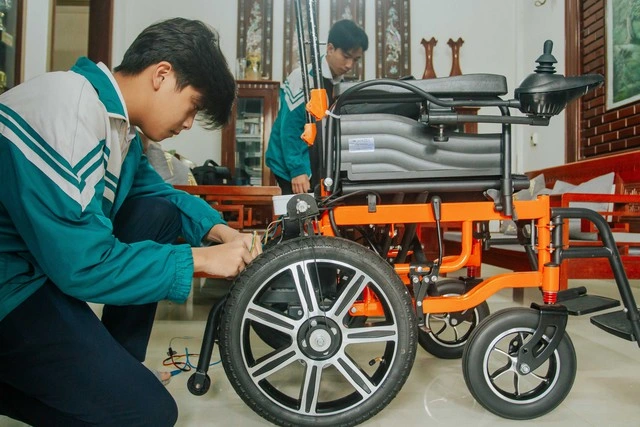







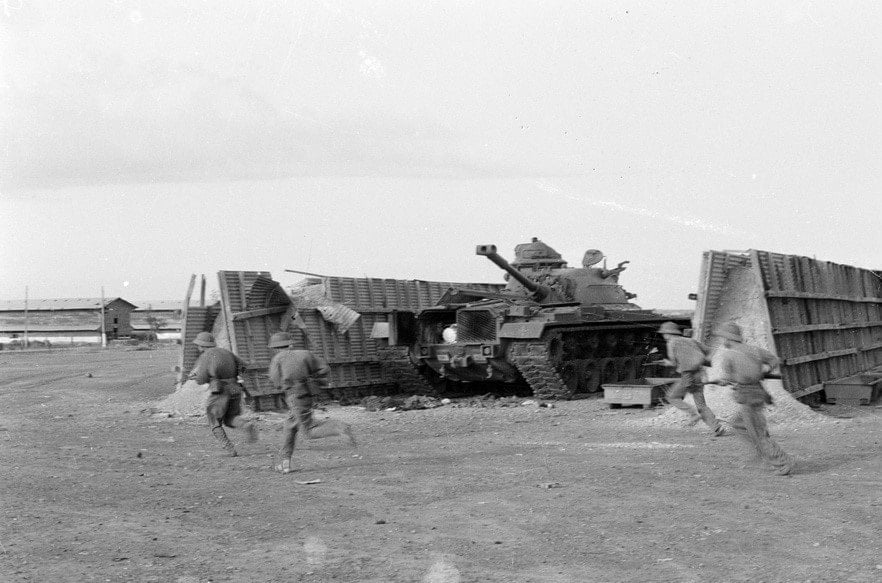































































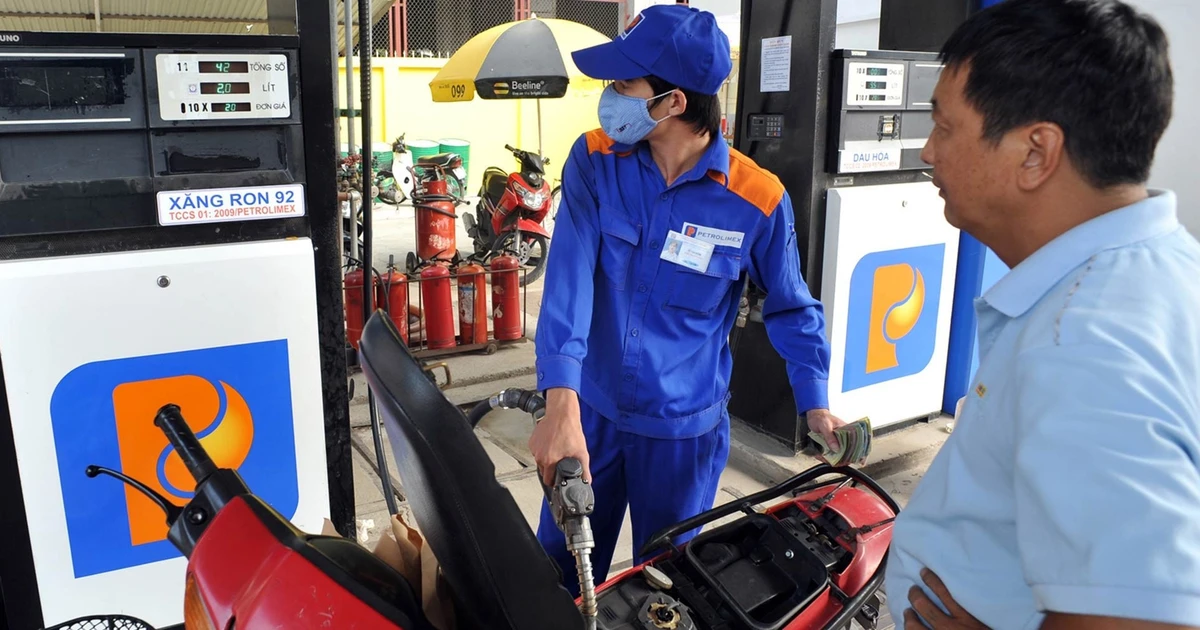












Comment (0)